Indian startup founder Dhravya Shah raises $3 million at 20
Born in Mumbai, Shah dropped out of Arizona State University and moved to San Francisco to realize his AI dream.
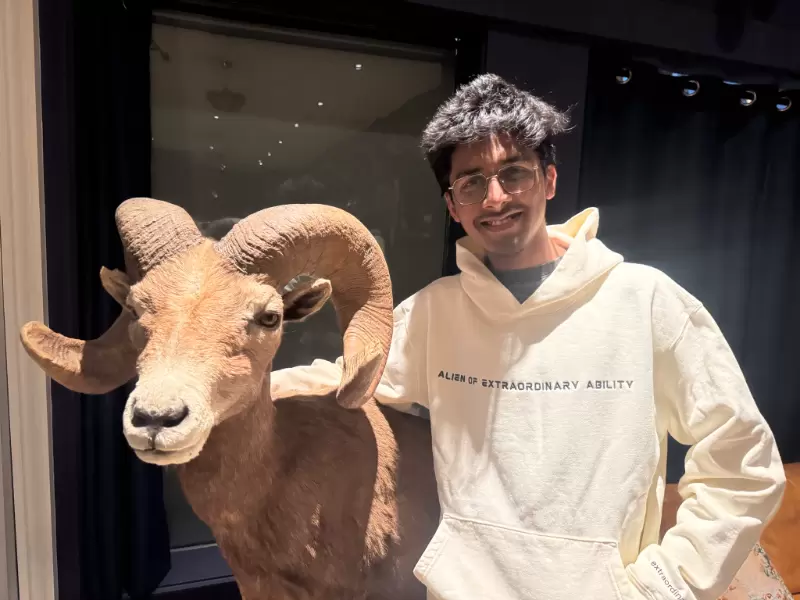 Dhravya Shah / Dhravya Shah via X
Dhravya Shah / Dhravya Shah via X
Twenty-year-old Indian-origin Founder-CEO, Dhravya Shah, has raised around $3 million as funding for his startup, Supermemory AI. The Arizona college dropout has been spearheading the next big leap in AI with his brand.
The founder notes that there are three key aspects to creating an artificial intelligence that is at par with human intelligence. Having the information, being capable of processing the information and the memory of new inputs that helps it adapt.
ALSO READ: Accel offers $1M to Indian-origin startup founders
Shah's company aims to resolve the memory challenge faced by AI language models, making them capable of not just having information, processing information but also capable of remembering and personalizing the information, making it capable of learning, remembering, forgetting and recalling when needed.
Shah started toying with Supermemory when he was in college, its earliest version was merely a bookmarking and note-taking tool he was building as a side-project in his dorm-room two years ago, when he was 18.
Realizing that there was a relative vacuum in the AI industry when it came to Large Language Models in terms of their memory functions. Seizing the opportunity, he built his own vector database (memory store), content parsers (data organizers) and an engine that works like the human brain.
To attain the Supermemory dream, he dropped out of college and moved to San Francisco.
Celebrating the success his company has attained, he said on X, "I am delighted that we have one of the best and fastest memory products in the world, with many hundreds of enterprises and builders building apps on top of Supermemory. And this is just the start."
His idea has found support from Venture capitalists like Chad Byers from Susa Ventures, Joshua Browder and Julian Weisser.
Excited to announce that I've raised $3 Million to build @supermemoryai, the best memory for LLMs and agents. I turned 20 last month
— Dhravya Shah (@DhravyaShah) October 6, 2025
Memory is one of the hardest challenges in AI right now.
I realized this when building the first version of supermemory, which was merely a… pic.twitter.com/0VMrYIgJHi



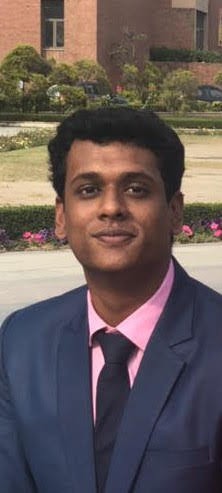 Jeffin T. Kaleekal
Jeffin T. Kaleekal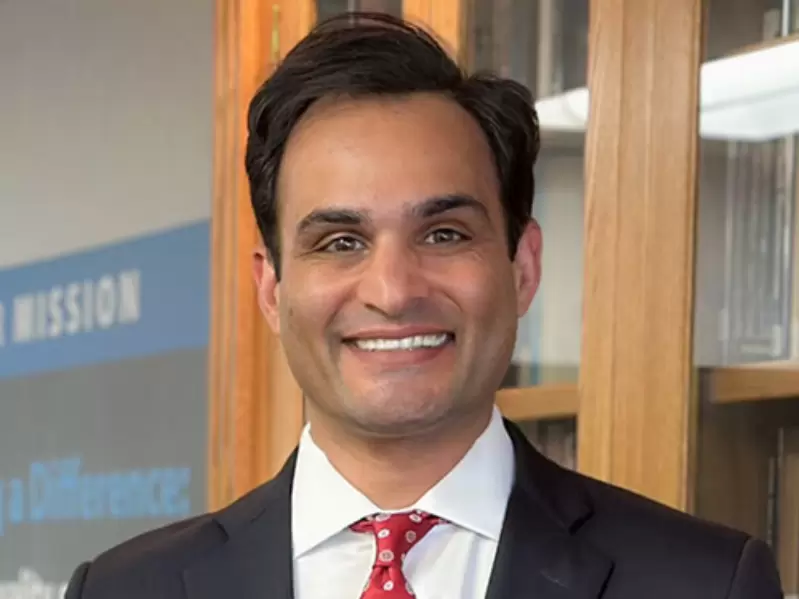
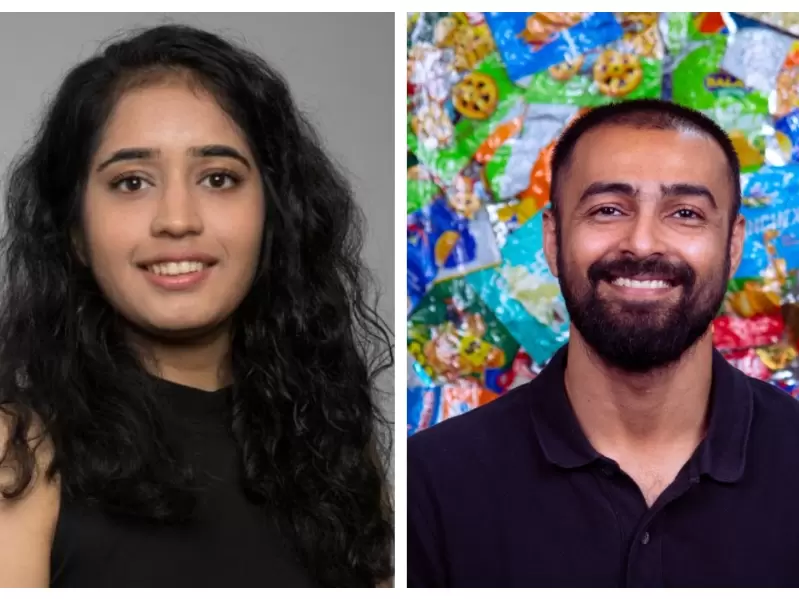
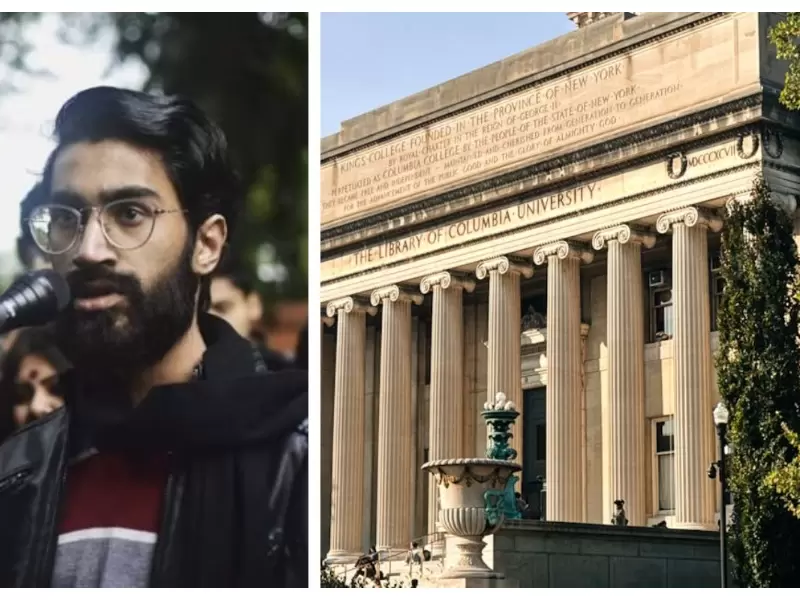
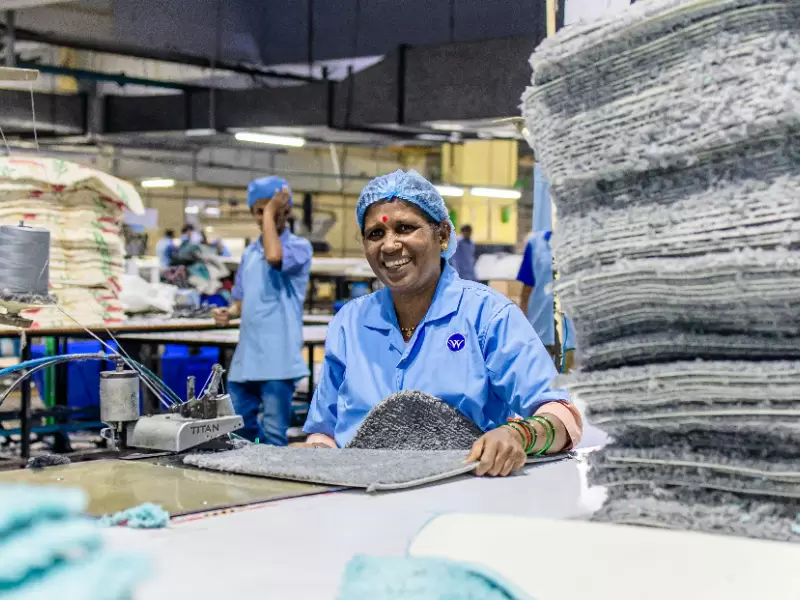
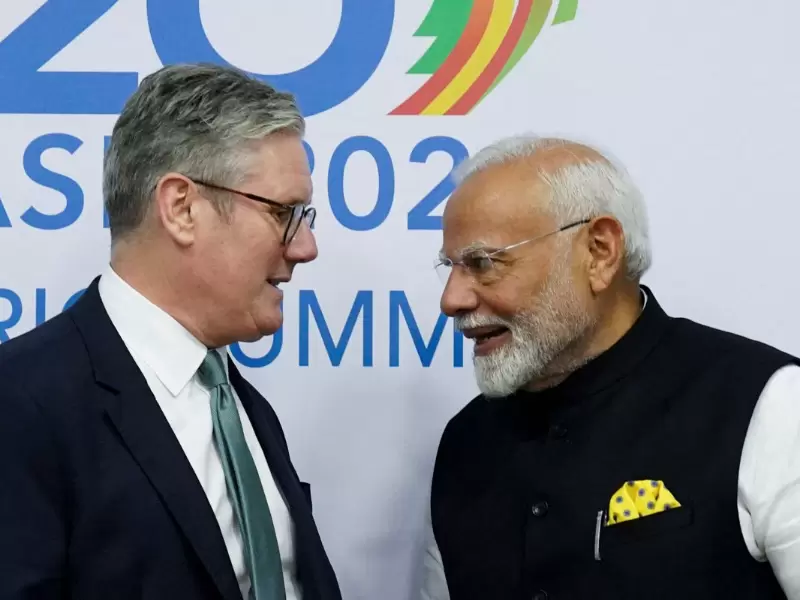
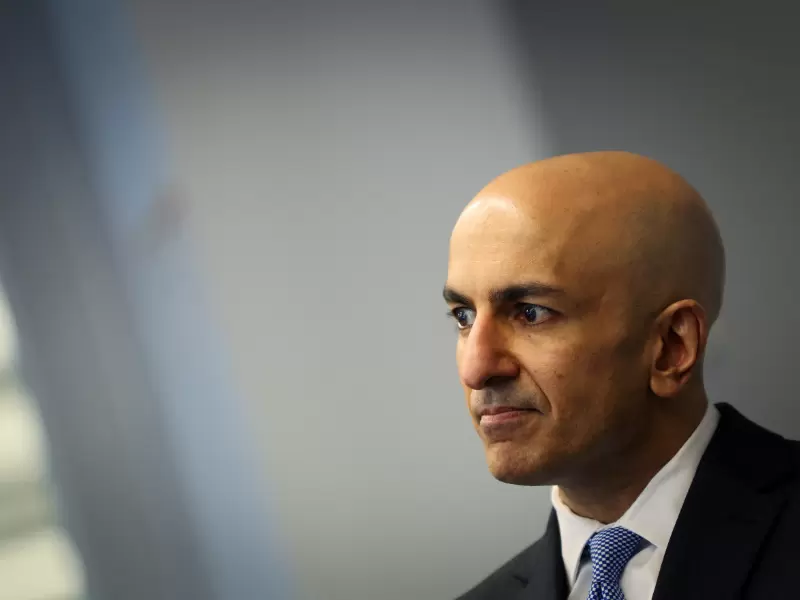
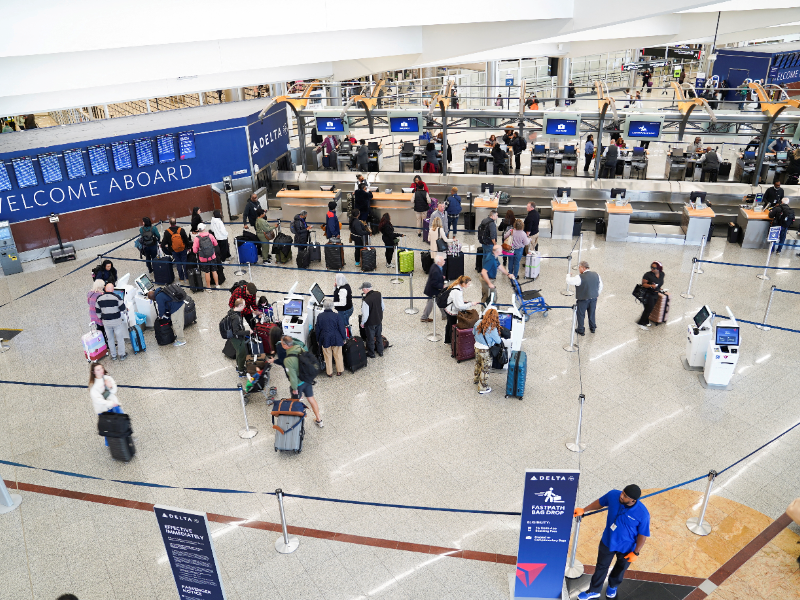
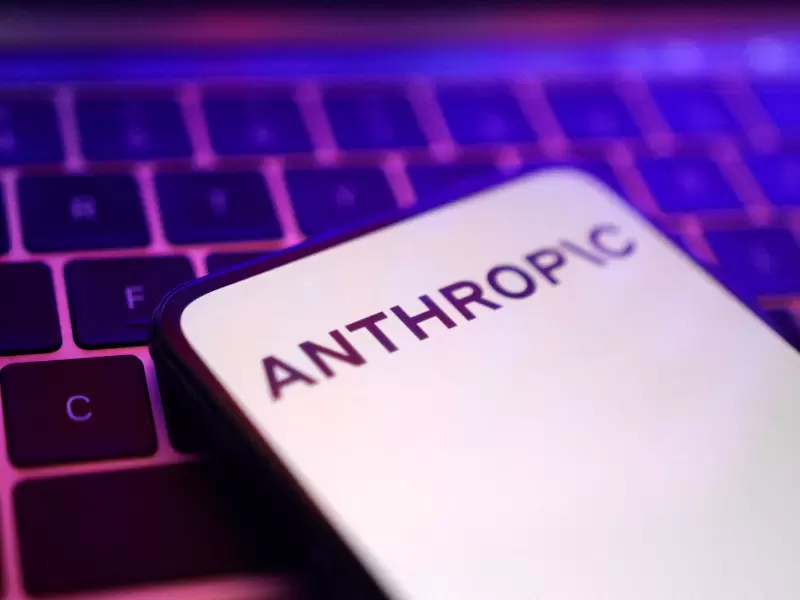
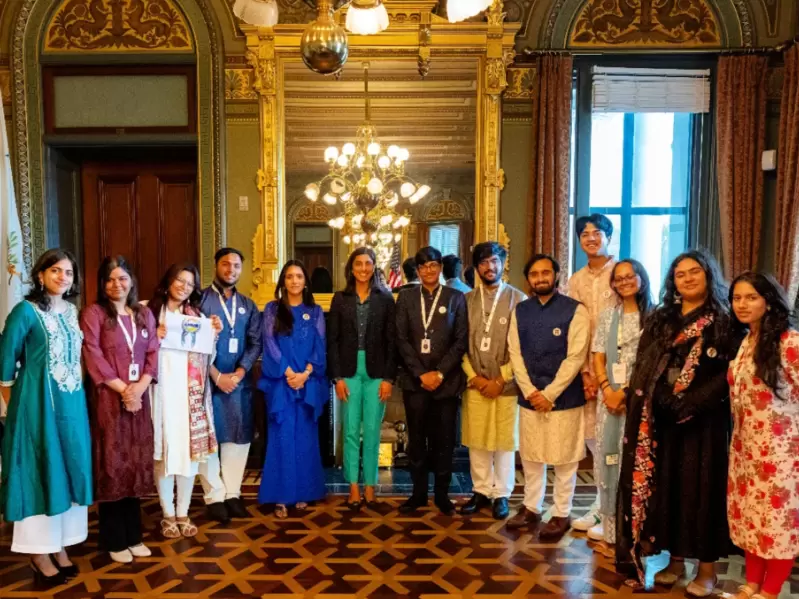






Comments
Start the conversation
Become a member of New India Abroad to start commenting.
Sign Up Now
Already have an account? Login